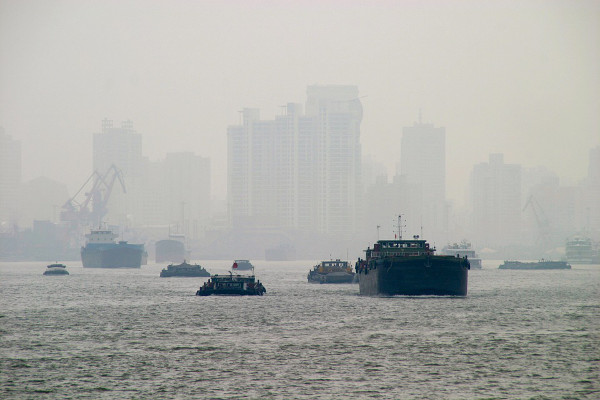The Communist Party was obliged to tackle environmental pollution, if it did want to risk losing legitimacy, China expert says.
China is in the focus of this year’s World Energy Outlook (WEO) released on 14 November.
The International Energy Agency’s flagship publication considers China a “major driver” of the world’s energy transformation towards higher energy consumption on the demand side, and increased electrification and solar share on the supply side.
“A new phase in the country’s development results in an economy that is less reliant on heavy industry and coal… At the same time, a strong emphasis on cleaner energy technologies, in large part to address poor air quality, is catapulting China to a position as a world leader in wind, solar, nuclear and electric vehicles and the source of more than a quarter of projected growth in natural gas consumption.”
What is the political and economic context behind Beijing’s new economic strategy? “Improving the environment has become the central interest of Communist Party and an important factor for sustaining the public support,” Richard Q. Turcsányi, Deputy Director of the Bratislava-based Institute of Asian Studies, told EURACTIV Slovakia.
The change of language
WEO 2017 recalls the Chinese President’s call for an “energy revolution”, the “fight against pollution” and the transition towards a more services-based economic model. Emphasis is put on electricity, natural gas and cleaner, high-efficiency and digital technologies.
Turcsányi says the revolutionary language is meant to signal to the people that the Party is aware of the problem and works on improvements despite various opposing forces. “The Chinese leaders used similar expressions when talking of poverty, to which they declared a war, too,” the sinologist explains.
According to him, the Chinese leaders have stopped avoiding the air pollution issue, which they were previously dubbing ‘fog’. “The awareness of air quality has been higher for several years now. For example, the level of PM 2.5 (emissions from combustion engines) is routinely followed on smartphones; pollution is perceived as an important weather attribute just like temperature,” the country expert says.
“The Chinese (Communist) Party was obliged to tackle this issue, if it did want to risk losing legitimacy and have its dominance threatened,” Turcsányi argues adding that the Party enjoys strong public support, which is not solely a result of political reprisals.
“While predatory economic growth was the holy grail in the last several decades, the situation is much more balanced today. For example, local Party leaders are not promoted based solely on growth, but also on environmental and other indicators,” Turcsányi observes.
Local opposition
For WEO 2017, China is a “key determinant momentum behind the (global) low-carbon transition.” Its market, technology as well as outward investments get greener.
According to IEA’s New Policies Scenario, which takes into account recent government commitments, the country will account for one third of the world’s wind and photovoltaic power installations by 2040. It accounts for more than 40 percent of the global investment in electric vehicles.
The Slovak expert warns, however, that the Chinese energy transition is not smooth: “Although China is authoritarian, the political leadership does not find it easy to promote changes as complex as an energy shift towards the renewables.”
The main opponent: local factories, whose economic model is not environment-friendly.
“Many of these companies are owned by provincial or regional governments and the influence of the central government is lower... While the highest leadership’s interest is to keep its legitimacy, the lower-placed unites have their particular interests,” Turcsányi says. Local unemployment can dramatically increase, for example.
Green and authoritarian
China’s fossil fuel consumption will continue to rise, according to WEO 2017. “China provides a quarter of the projected rise in global gas demand and its projected imports of 280 billion cubic metres (bcm) in 2040 are second only to those of the European Union, making China a linchpin of global gas trade,” the press release reads.
Despite measures increasing fuel efficiency of combustion engines and favouring electric vehicles, the country will also overtake the U.S. as the largest oil consumer around 2030.
Only coal consumption has peaked already, in 2013, and is set to decline by 15 percent over the period to 2040.
Turcsányi claims the coal drop cannot be radical. “Huge parts of China have outdated production methods and the central government cannot afford to stop the economies of regions with millions of inhabitants,” the expert explains. According to him, it will take years for changes to kick in.
Nevertheless, the expert finds it “interesting that the authoritarian China really has created incentives to lead in renewables that are stronger than in the Western democratic countries.”

 __
__
 _
_
 _
_ _
_